Cape Chestnut Tree
- November 25, 2024
- 0 comment
The Cape Chestnut Tree, scientifically known as Calodendrum capense, is a strikingly beautiful tree renowned for its ornamental value and ecological importance.
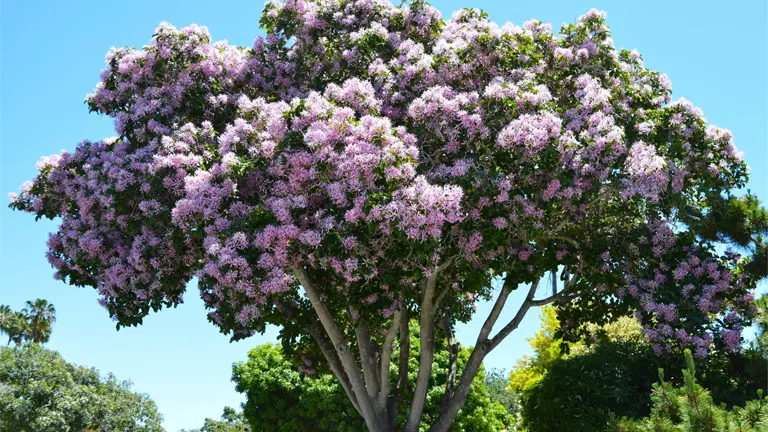
This evergreen or semi-deciduous tree contributes significantly to biodiversity, supporting wildlife and improving soil health. Found primarily in southern Africa, its delicate pink blooms and hardy nature make it a favorite for both natural ecosystems and cultivated landscapes.
What Is a Cape Chestnut Tree?
The Cape Chestnut Tree belongs to the Rutaceae family, which includes citrus trees. This tree can grow up to 12–20 meters tall, making it a medium to large species. It is characterized by its smooth, grayish bark, glossy green leaves, and spectacular clusters of pale pink to mauve flowers. These flowers are often fragrant and bloom in the summer, attracting pollinators such as bees and butterflies.
A unique feature of the Cape Chestnut Tree is its ability to enhance soil fertility by contributing organic matter through leaf litter. Additionally, its seeds produce a valuable oil often used in skincare products. The tree’s lifespan typically ranges from 50 to over 100 years under ideal conditions.
Two Different Types of Cape Chestnut Tree Species
The Cape Chestnut Tree (Calodendrum capense) is the primary species in its genus, with no widespread sub-species. However, slight variations in growth and appearance are observed based on the tree’s geographical location. For instance:
Southern African Cape Chestnuts
Are typically taller with lush, dense canopies.

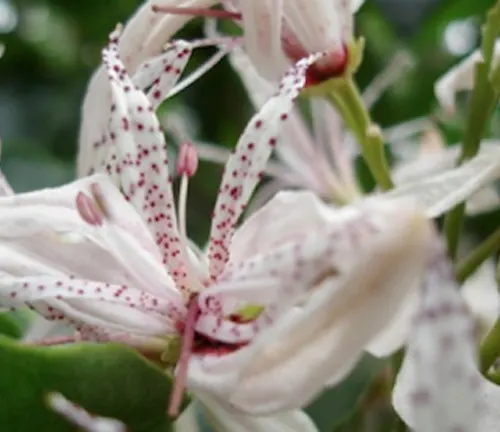
East African Cape Chestnuts
May adapt to higher altitudes, showcasing resilience in cooler climates.
These variations highlight the adaptability and ecological versatility of the species. In their native environments, Cape Chestnut Trees play a vital role in stabilizing soils and providing shade.
Where Do Cape Chestnut Trees Grow?
Cape Chestnut Trees are native to the warm, subtropical regions of southern and eastern Africa. Their natural habitats include forest edges, riverbanks, and grasslands, where they thrive in well-drained soils. These trees are commonly found in countries such as South Africa, Kenya, Uganda, and Tanzania.
Adaptable to both tropical and subtropical climates, the Cape Chestnut Tree can withstand a range of conditions, including occasional droughts. Its ability to stabilize soil and provide shelter makes it invaluable to its ecosystem. In forests, it supports biodiversity by creating microhabitats for insects, birds, and small mammals.
How to Grow and Care for Cape Chestnut Trees
Growing the Cape Chestnut Tree requires some attention to its needs:
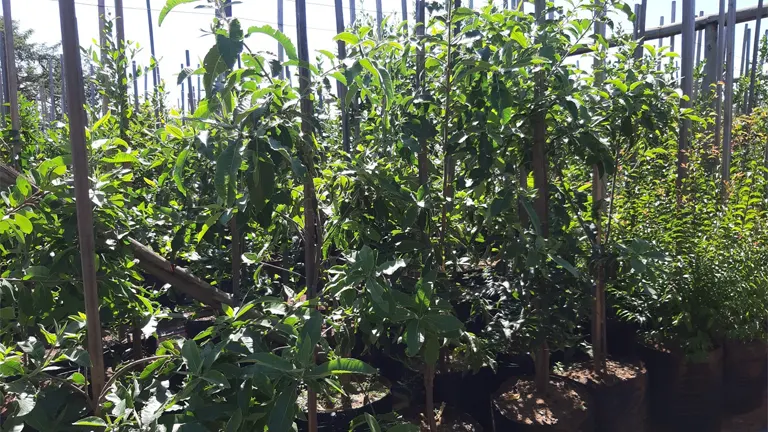
- Soil: Prefers well-drained, fertile soils with a slightly acidic to neutral pH.
- Water: Moderate water requirements; young trees need regular watering, but mature trees are drought-tolerant.
- Sunlight: Thrives in full sun but tolerates partial shade.
- Propagation: Best propagated from seeds, which should be planted fresh. Soaking seeds overnight before planting can improve germination.
To maintain healthy trees, regular pruning is essential to remove dead branches and shape the canopy. Watch for common pests like aphids or fungal diseases, and take early action to treat any issues.
Ecological Benefits of Cape Chestnut Trees
The Cape Chestnut Tree plays an important ecological role:
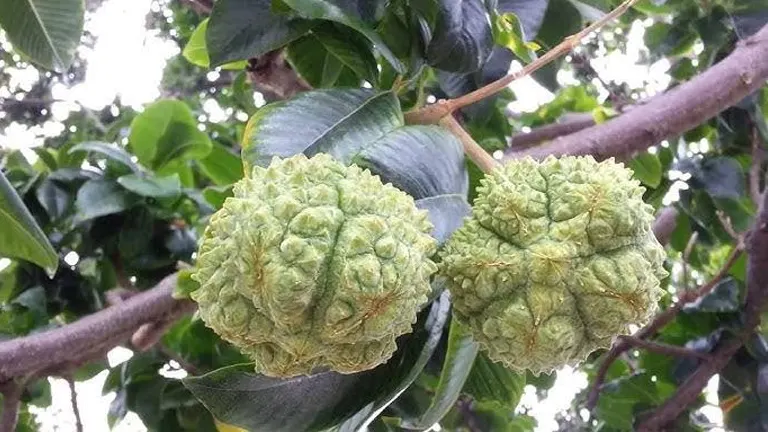
- Soil Improvement: Its leaf litter enriches the soil with nutrients.
- Erosion Control: Root systems stabilize the soil, preventing erosion.
- Biodiversity Support: The tree provides food, shelter, and breeding sites for numerous animals and insects.
By integrating this tree into local landscapes, ecosystems benefit from its ability to support wildlife and maintain environmental balance.
Cape Chestnut Tree Flowering and Pollination
The Cape Chestnut Tree is most admired during its flowering season, which occurs in late spring to summer. Its flowers are large and star-shaped, ranging in color from pale pink to mauve. These blooms not only beautify landscapes but also play a critical role in pollination.
The tree attracts pollinators like bees, butterflies, and birds, ensuring the reproduction of both the tree and surrounding plants. The flowers’ subtle fragrance enhances their appeal to wildlife.
Is the Cape Chestnut Tree Drought-Tolerant?
The Cape Chestnut Tree is moderately drought-tolerant once established. Its deep root system allows it to access groundwater, making it suitable for regions with occasional water scarcity. However, prolonged droughts can stress the tree, so supplemental watering is beneficial during extended dry periods.
For gardeners in arid areas, mulching around the base of the tree can help retain soil moisture and reduce water needs.
Cape Chestnut Tree and Wildlife Interactions
The Cape Chestnut Tree is a valuable resource for wildlife:
- Food Source: Birds and mammals feed on its seeds, while its flowers attract nectar-loving insects.
- Shelter: Its canopy provides shade and nesting sites for birds, and its dense foliage offers protection for small animals.
In turn, these animals aid the tree by spreading its seeds, ensuring natural regeneration.
Final Conclusions
The Cape Chestnut Tree (Calodendrum capense) is more than just an ornamental beauty—it is a cornerstone species in many ecosystems. Its contributions to soil health, biodiversity, and erosion control make it an ecological asset. Cultivating and conserving this tree not only enhances landscapes but also supports environmental health and sustainability. By planting Cape Chestnut Trees, we can create a legacy of beauty and ecological balance for future generations.
Frequently Asked Questions (FAQs)
- What is the Cape Chestnut Tree?
The Cape Chestnut Tree (Calodendrum capense) is a medium to large ornamental tree known for its pink blooms, glossy green leaves, and ecological benefits like soil stabilization and biodiversity support. - Where does the Cape Chestnut Tree grow?
Native to southern and eastern Africa, it thrives in tropical and subtropical climates, including forest edges, riverbanks, and grasslands. - How can I grow a Cape Chestnut Tree?
Grow it in well-drained soil with full sun to partial shade. Propagate from fresh seeds and water moderately, especially in its early stages. - Is the Cape Chestnut Tree drought-tolerant?
Yes, mature trees are drought-tolerant but benefit from occasional watering during prolonged dry spells. - What are the ecological benefits of the Cape Chestnut Tree?
It enriches soil, prevents erosion, supports wildlife by providing food and shelter, and contributes to pollination. - When does the Cape Chestnut Tree flower?
It blooms in late spring to summer, producing fragrant, pink to mauve flowers that attract pollinators like bees and butterflies.
We hope this guide helped you learn about the beauty and importance of the Cape Chestnut Tree (Calodendrum capense). Have experience growing this tree or ideas to share? Join the conversation below and inspire others to appreciate and protect this remarkable species. Share this guide to spread awareness about its role in our ecosystems!


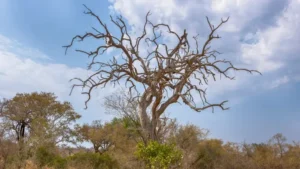
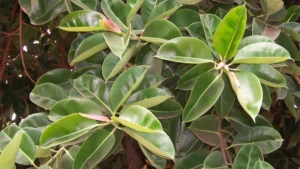
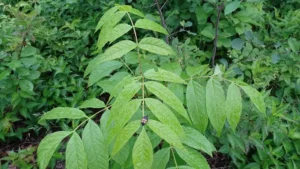
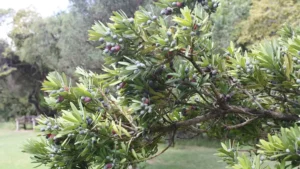
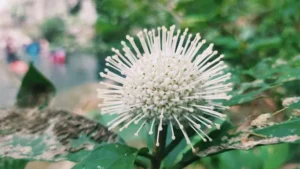

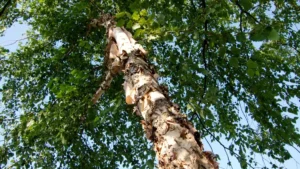
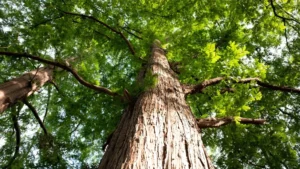
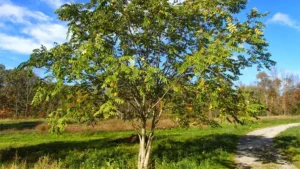
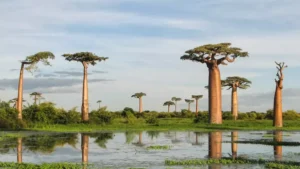
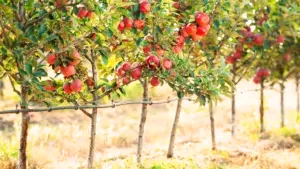
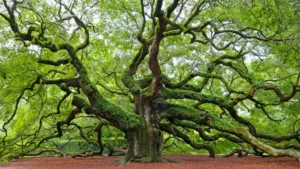
Leave your comment